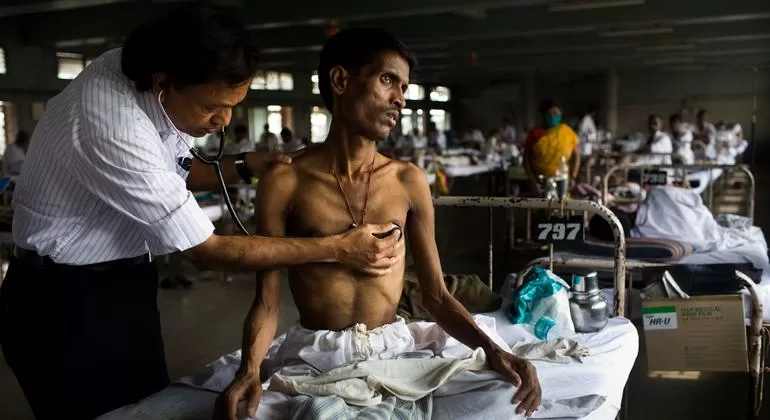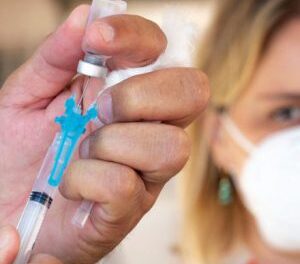
Date: January 20, 2024
Tuberculosis (TB), a disease caused by the bacterium Mycobacterium tuberculosis (Mtb), claims the lives of over 1.6 million people annually, ranking as one of the leading infectious causes of death worldwide. In a groundbreaking study, a collaborative research team from the University of Massachusetts Amherst and Seattle Children’s Research Institute has uncovered surprising insights into the body’s immune response to TB. Their findings, published in PLOS Pathogens, suggest that prior exposure to a genus of bacteria called Mycobacterium can reshape the innate immune system’s first-line defenders, providing a potential avenue for more effective TB treatments.
Alissa Rothchild, the senior author of the paper and an assistant professor at UMass Amherst, emphasized the vulnerability of the human respiratory system to a myriad of potentially infectious pathogens. While the adaptive immune system, often the focus of vaccine research, plays a crucial role, the first responders are macrophages of the innate immune system. These macrophages, known as alveolar macrophages (AMs) in the lungs, are the initial defenders against pathogens but, notably, exhibit a less robust response when initially infected by Mtb.
Rothchild’s previous work has shown that Mtb exploits this lack of a robust immune response by replicating inside AMs, effectively turning them into a hiding place from the body’s defenses. The current study aimed to explore whether remodeling the innate immune response, specifically the AMs, could change the course of infection.
The researchers designed an experiment using two mouse models, one involving BCG vaccination (a widely distributed tuberculosis vaccine), and the other inducing a contained Mtb infection, known to protect against subsequent infections. After weeks of exposure, the mice were challenged with aerosolized Mtb, and the infected macrophages were analyzed.
Striking differences in the RNA from each set of models emerged, revealing distinct inflammatory responses in AMs from vaccinated mice compared to those from the contained Mtb infection. Rothchild explains, “What this tells us is that there’s a great deal of plasticity in the macrophage response, and that there’s potential to therapeutically harness this plasticity so that we can remodel the innate immune system to fight tuberculosis.”
These findings open up new possibilities for integrated treatment approaches that target various aspects of the immune response, offering hope for a more effective strategy in the battle against tuberculosis. As researchers continue to delve into the complexities of the immune system’s response to infectious agents, the potential for groundbreaking therapies to combat TB becomes increasingly promising.











